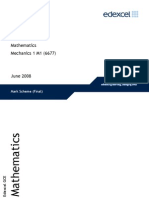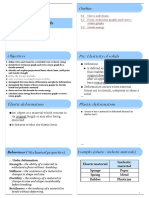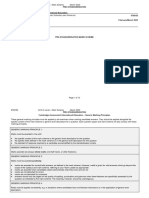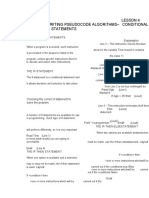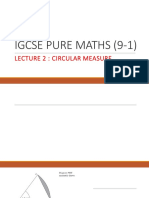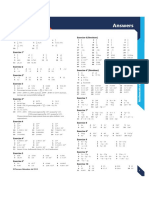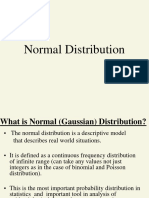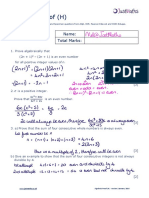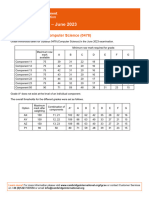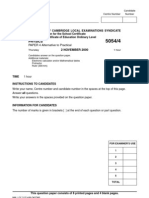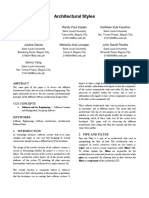0% found this document useful (0 votes)
252 views4 pagesStandard Methods of Solution
The document discusses several standard algorithmic methods including totaling, counting, finding maximum/minimum/average values, linear search, bubble sort, and string handling techniques. Common tasks like calculating totals, counts, averages, comparing values, sorting lists, and manipulating strings are all addressed as fundamental algorithmic building blocks.
Uploaded by
Neil ShahCopyright
© © All Rights Reserved
We take content rights seriously. If you suspect this is your content, claim it here.
Available Formats
Download as DOCX, PDF, TXT or read online on Scribd
0% found this document useful (0 votes)
252 views4 pagesStandard Methods of Solution
The document discusses several standard algorithmic methods including totaling, counting, finding maximum/minimum/average values, linear search, bubble sort, and string handling techniques. Common tasks like calculating totals, counts, averages, comparing values, sorting lists, and manipulating strings are all addressed as fundamental algorithmic building blocks.
Uploaded by
Neil ShahCopyright
© © All Rights Reserved
We take content rights seriously. If you suspect this is your content, claim it here.
Available Formats
Download as DOCX, PDF, TXT or read online on Scribd
/ 4







